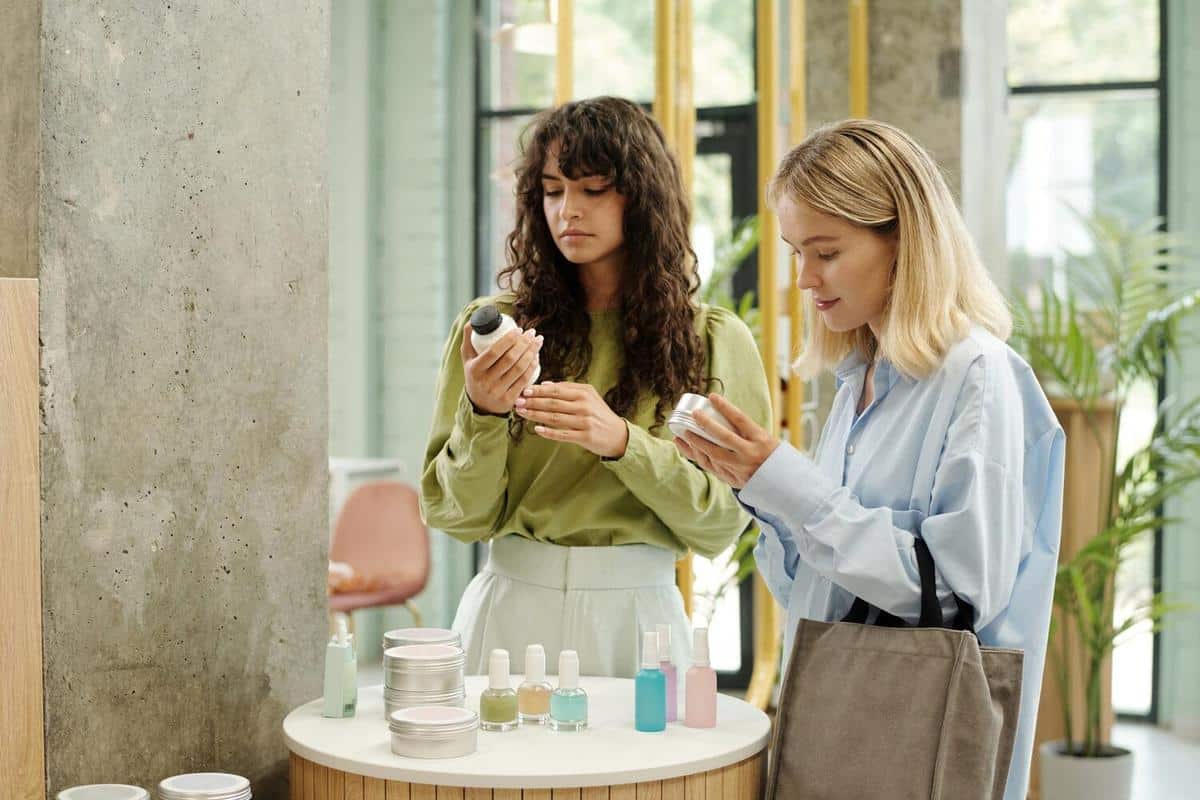
3D-Printed Makeup: A Revolutionary Beauty Trend
Imagine a world where your makeup is not only personalized to match your skin tone perfectly but also created instantly at the touch of a button. With 3D-printing technology, this futuristic vision is becoming a reality, transforming the beauty industry and how we approach skincare.
3D-printed makeup is emerging as a groundbreaking trend, revolutionizing the way we think about cosmetics. This innovation combines technology with beauty, offering a personalized approach to makeup application. By utilizing 3D printers, consumers can now customize their makeup shades and even the product’s texture, providing a tailored experience that suits individual preferences.
How 3D-Printed Makeup Works
The technology behind 3D-printed makeup involves layering materials to create a finished product. According to industry experts, this process allows for precise customization, enabling users to adjust color, consistency, and even the ingredients to match their specific skincare needs. A recent study highlighted that over 70% of consumers are interested in personalized beauty products, underscoring the potential impact of this technology.
Expert Insights
Dermatologists highlight that 3D-printed makeup could lead to fewer allergic reactions, as individuals can select ingredients that avoid common allergens. Makeup artist Lisa Chang notes, “The personalization aspect is truly exciting. It opens up endless possibilities for creativity and self-expression.”
Benefits of 3D-Printed Makeup
- Customization: Tailor products to your exact skin tone and preferences.
- Efficiency: Reduce waste by printing only what you need.
- Innovation: Access new textures and formulations not available in traditional makeup lines.
Challenges and Considerations
While the benefits are clear, there are challenges to consider. The initial cost of 3D printers can be a barrier for some, though prices are expected to decrease as the technology becomes more mainstream. Additionally, ensuring the safety and quality of printed products is crucial, as regulations for 3D-printed cosmetics are still evolving.
Comparative Look: Traditional vs. 3D-Printed Makeup
| Aspect | Traditional Makeup | 3D-Printed Makeup |
|---|---|---|
| Customization | Limited | High |
| Waste | Higher | Lower |
| Cost | Varies | Initial investment in printer |
| Texture Options | Fixed | Variable |
| Allergen Control | Limited | Full control |
| Innovation | Gradual | Rapid |
| Availability | Wide | Growing |
| Eco-Friendliness | Varies | High |
Frequently Asked Questions
Can anyone use 3D-printed makeup?
Yes, but it’s essential to ensure you’re using a reliable printer and safe, approved materials.
Is 3D-printed makeup expensive?
While the initial investment can be high, the cost per product can be lower as you only print what you need.
Conclusion
3D-printed makeup is reshaping the beauty landscape by offering unparalleled customization and eco-friendly solutions. As technology continues to advance, we can expect even more exciting developments in this space. Whether you’re a beauty enthusiast or a tech lover, now is the time to explore and embrace this innovative trend.


